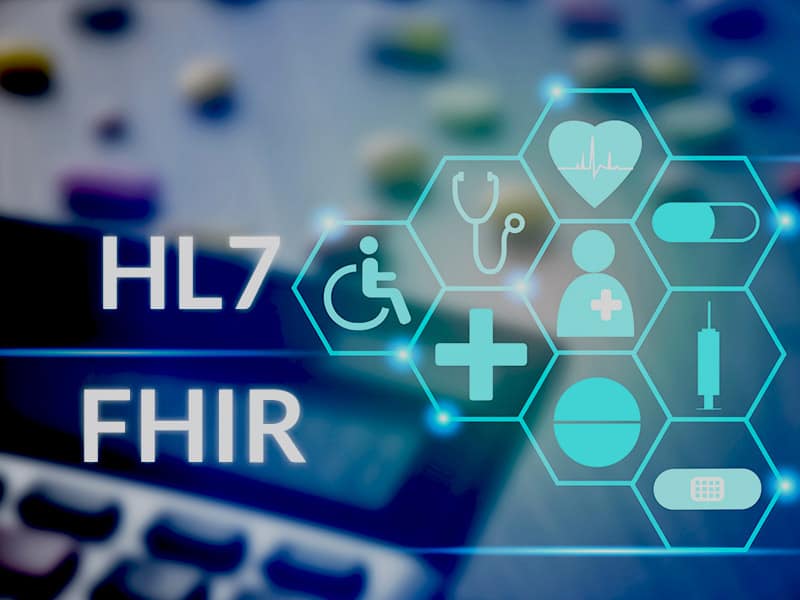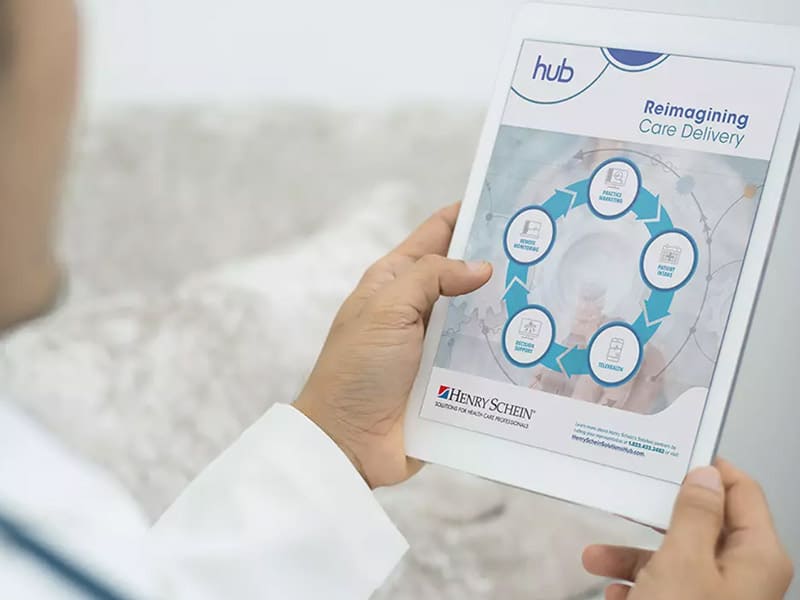How Health Information Exchange Interoperability Impacts HEDIS
Use Case: An innovative approach to using HIE data to improve integrated behavioral healthcare.

Where do Medicare, HEDIS, mental health, and primary care intersect? Everywhere except for when it comes to sharing patient data. They could intersect much more powerfully with better integration between EHRs and the state HIE.
Taking Health Information Exchange Interoperability to the Next Level
Imagine a healthcare delivery system that functioned as one versus two siloed systems. Ideally, all provider types across physical and mental health settings could and would use an EHR and participate in data exchange with a state HIE. Medical providers would be aware of psychiatric conditions and medications beginning day one and be able to immediately respond to potential drug-drug and drug-disease interactions.
Conversely, every inpatient psychiatric admissions department, outpatient psychiatrist, and therapist would have access to a complete medical history during their first visit with the patient. A behavioral health clinician would be aware of a patient’s history with a note or pop-up in their EHR with data coming from the HIE. For example, if a patient with Hashimoto’s disease presented with anxiety symptoms, the behavioral health clinician would most likely refer the patient to their primary care physician to obtain a thyroid panel before making a referral for a psychotropic medication evaluation.
This isn’t to say the above scenarios never happen in the reality of today’s healthcare delivery system. They are, however, rare from a data-sharing perspective. Currently, most clinical pictures are drawn from input from the patient or the patient’s family member, and medical records are requested from other providers. In cases where valuable data does exist in the HIE, it’s like finding a needle in a haystack.
How to Leverage Your HIE for Better Care and HEDIS Performance
HIEs are a goldmine of data, but unfortunately, providers don’t have time during an encounter to review it all. And very few EHRs support bi-directional integration with HIEs. Those that do are not useful because they flood the EHR with large volumes of documents. In the case of primary care, it’s even worse because a large percentage of the data coming in actually came from primary care to begin with, so it’s both information overload and a lot of duplicate data.
So what’s the answer? Integration via the user interface (UI) overcomes these EHR vendor limitations. Data gets into an EHR by a user typing into the UI. By integrating with an EHR via the UI using a “software robot,” you can simulate a user and do some really innovative things.

Health Information Exchange Interoperability via the User Interface: An Example
Let’s take Mark Smith, a 52-year-old white male on Medicaid, as an example. Mark sees Dr. Jeffries for primary care services. He has cardiovascular disease, which has been stable for several years, and mild depression, which has also been stable for years. Dr. Jeffries oversees his lab work annually and prescribes Prozac six months at a time.
Over the weekend, Mark was admitted to the local psychiatric hospital because of increasing thoughts of suicidal ideation. He reported that he was having a difficult time in his marriage and subsequently increased his alcohol usage. The software robot automatically looks up Mark in the HIE and adds any critical diagnoses and medications to his hospital EHR patient chart. The attending psychiatrist now has knowledge of Mark’s cardiovascular disease and medications, which help him determine which medications would be safest to use for any alcohol withdrawal symptoms.
Dr. Jeffries received a notification in his EHR (created by the software robot) of Mark’s admission and discharge to an Intensive Outpatient Program. Dr. Jeffries is also notified automatically of Mark’s new diagnosis and medications. When Mark is seen by Dr. Jeffries for his follow-up visit, he already has all the pertinent data on his hospitalization and can provide better care for Mark. The HEDIS measure 0576 Adult NCQA Follow-Up After Hospitalization for Mental Illness: Age 18 and Older (FUH-AD) is also complete.
As you can see, having the right data available to the right provider at the right time has a significant impact on the decisions clinicians make, the care patients receive, and by default, improves HEDIS performance.
For more information about how we can help you take your health information exchange interoperability to the next level and improve HEDIS performance, contact us at info@smartlinkhealth.com or 877-502-3067.



